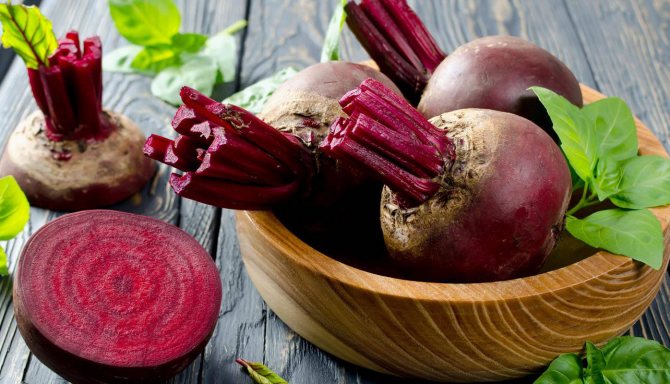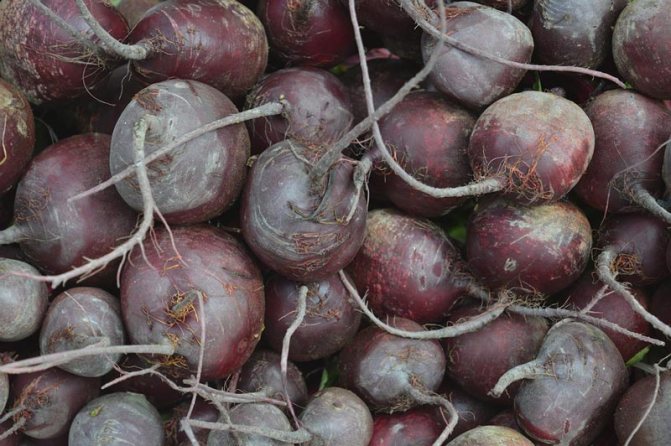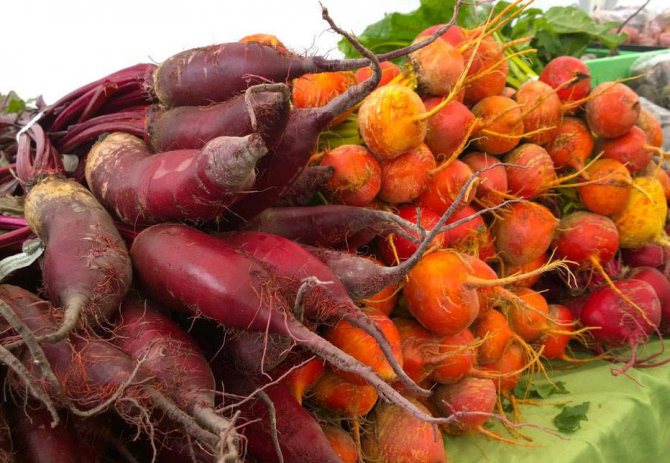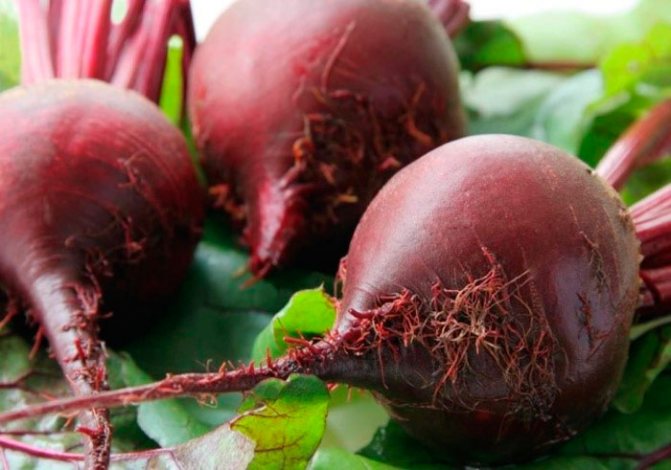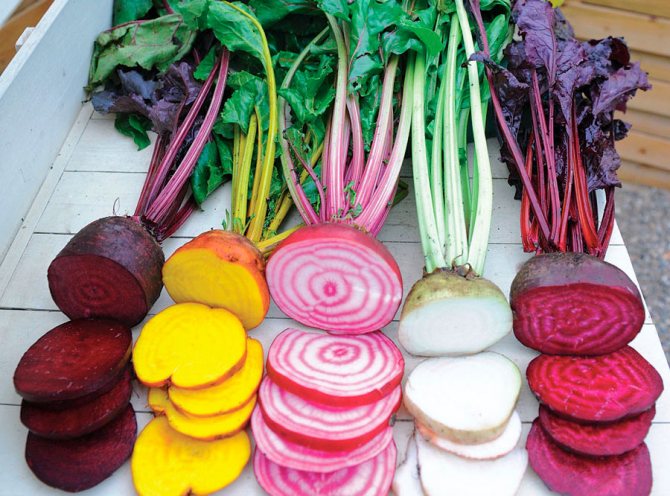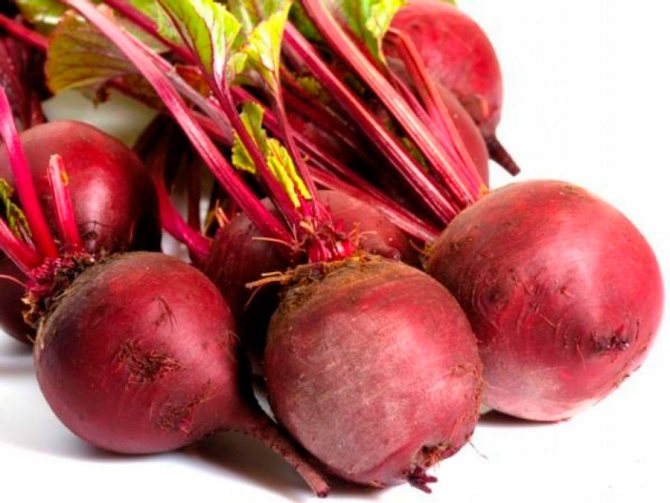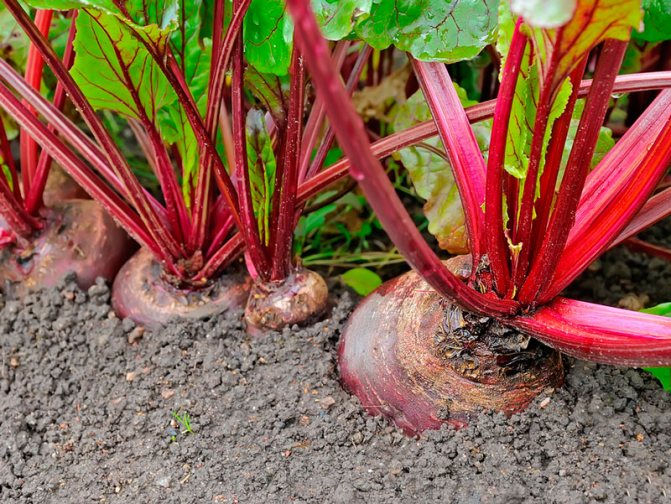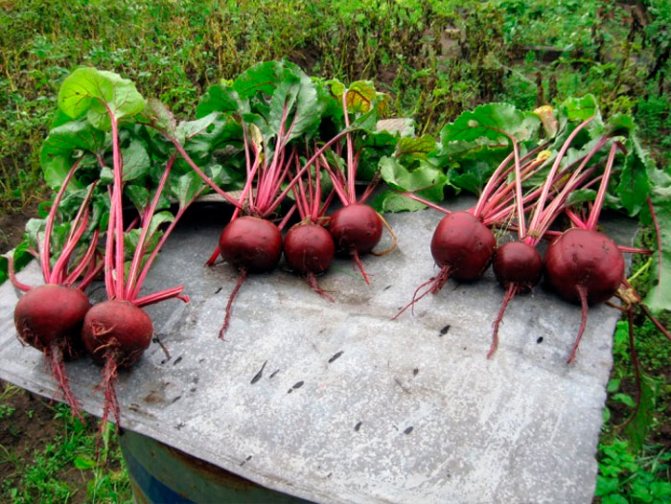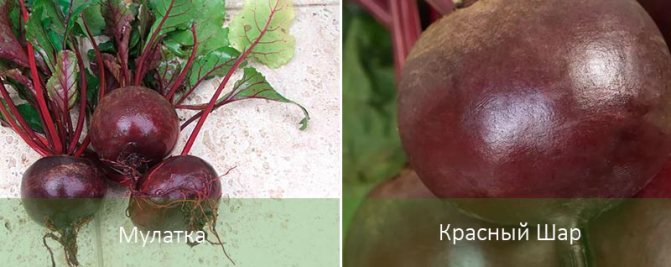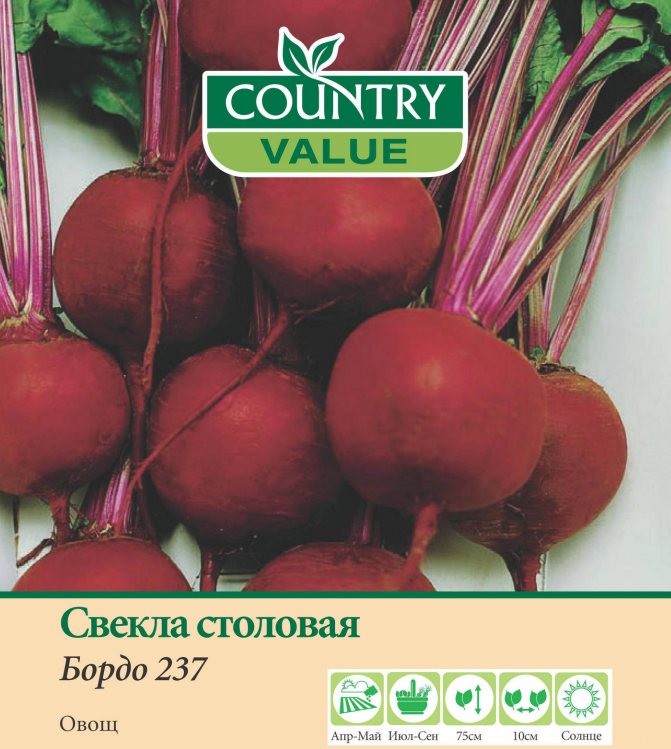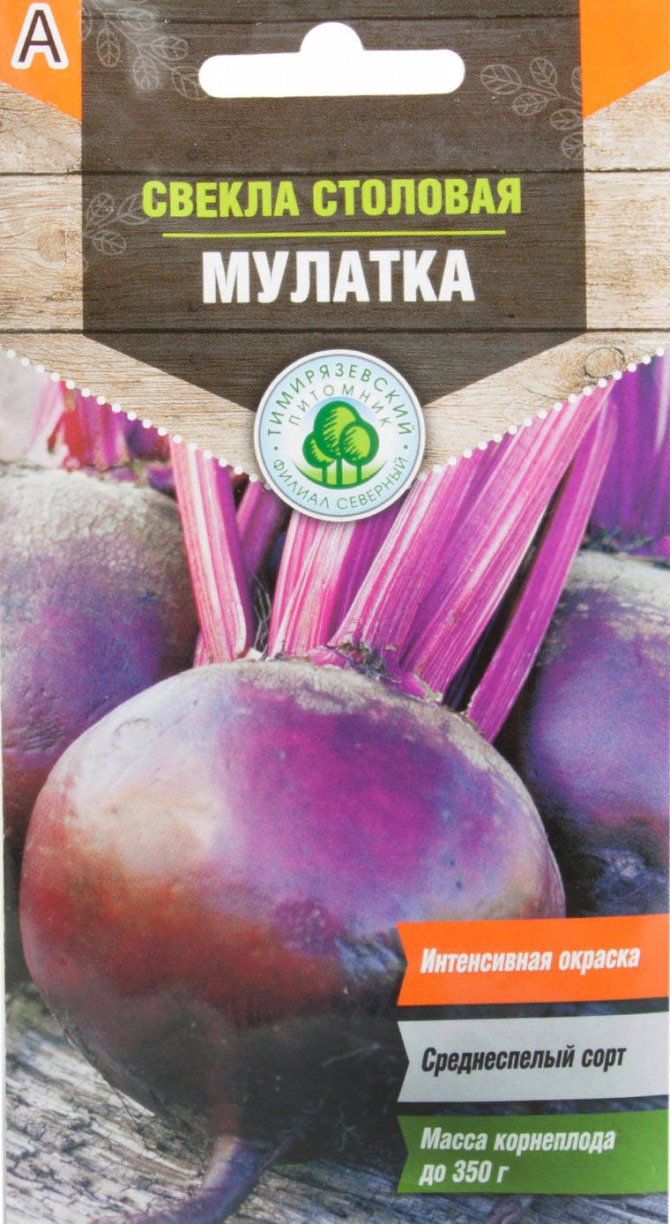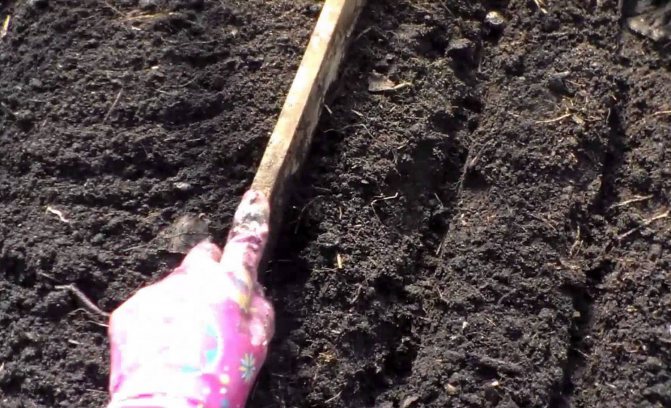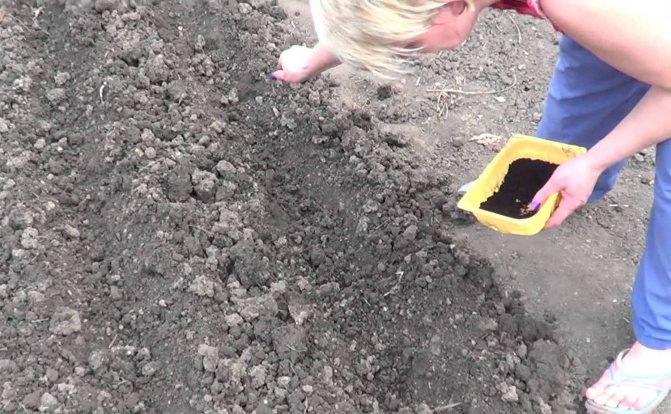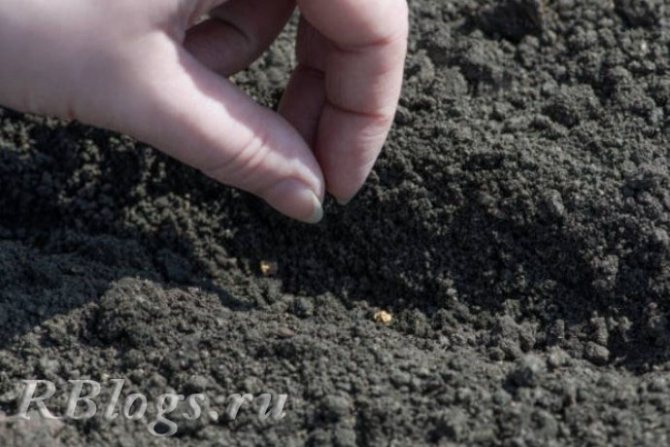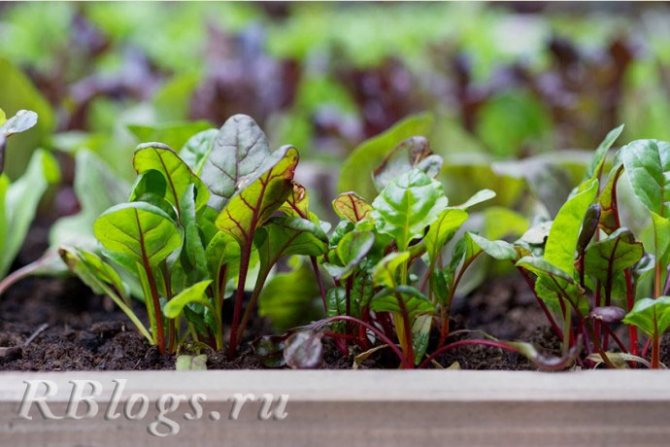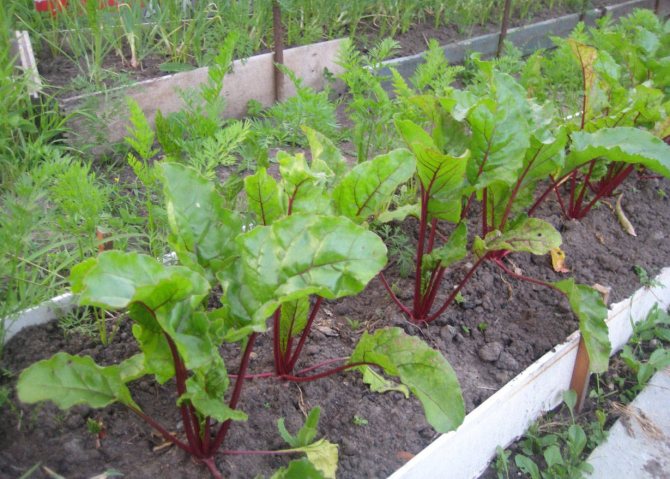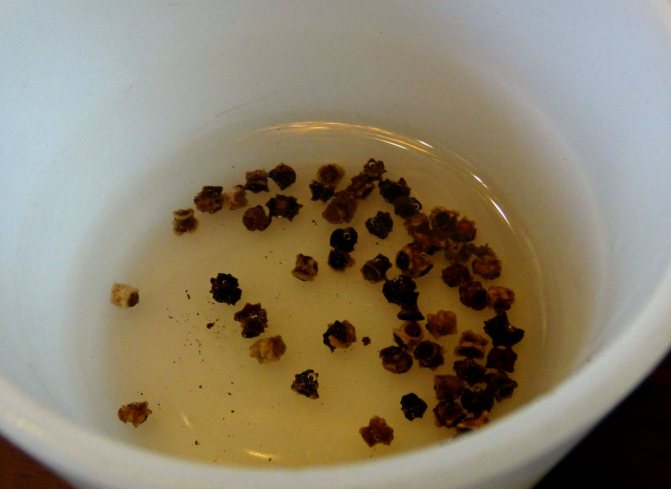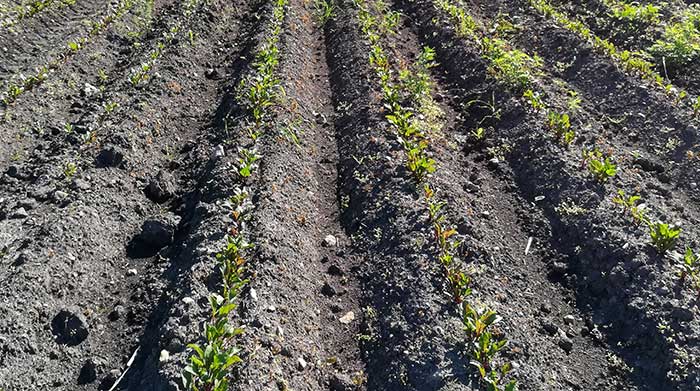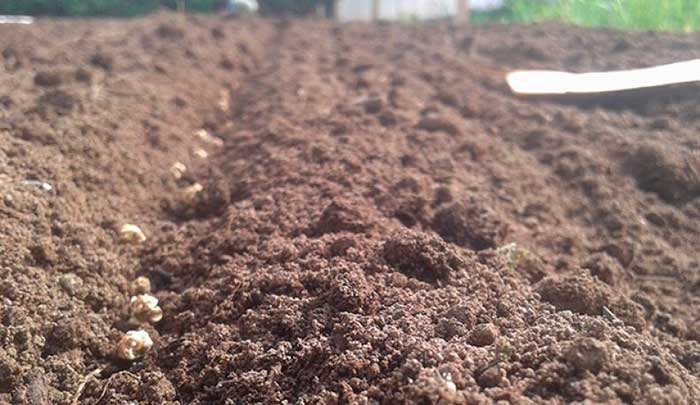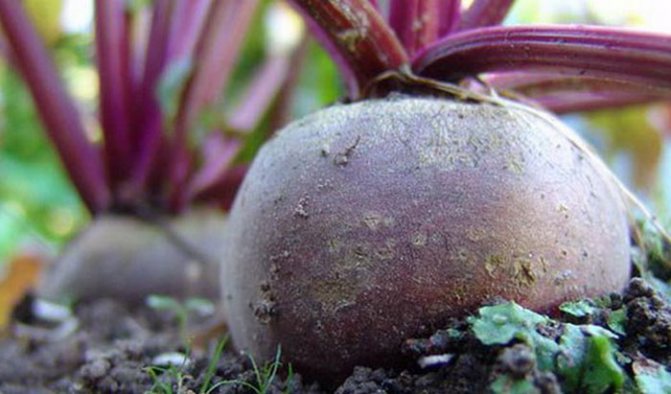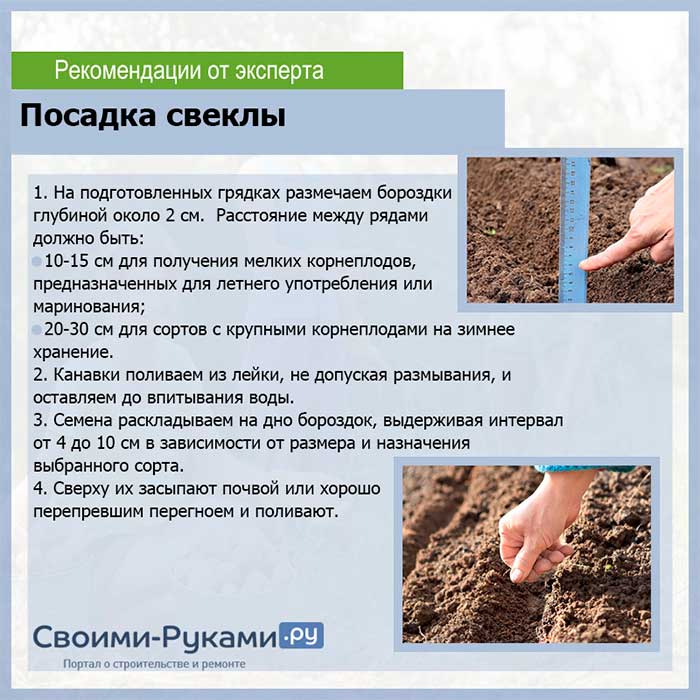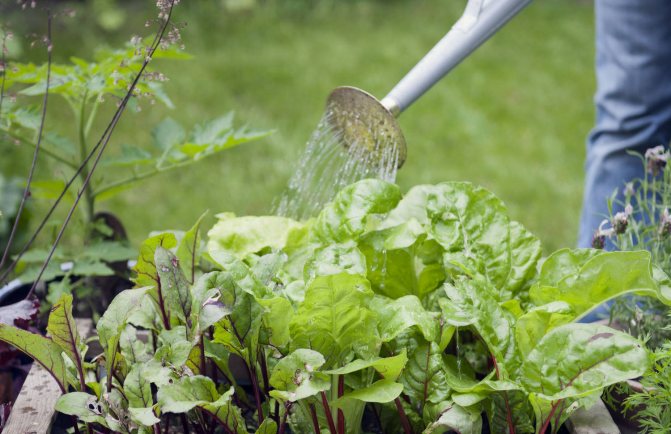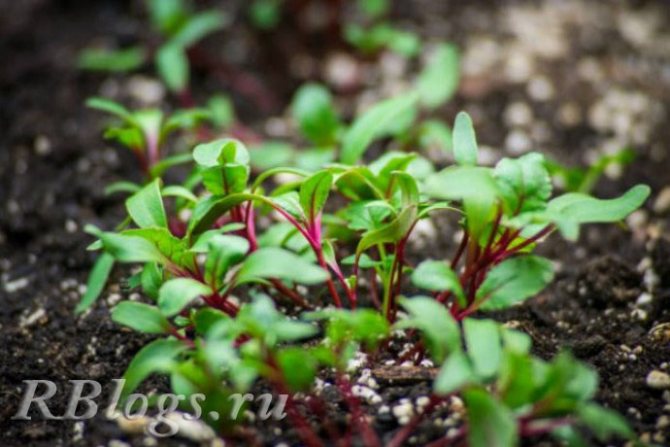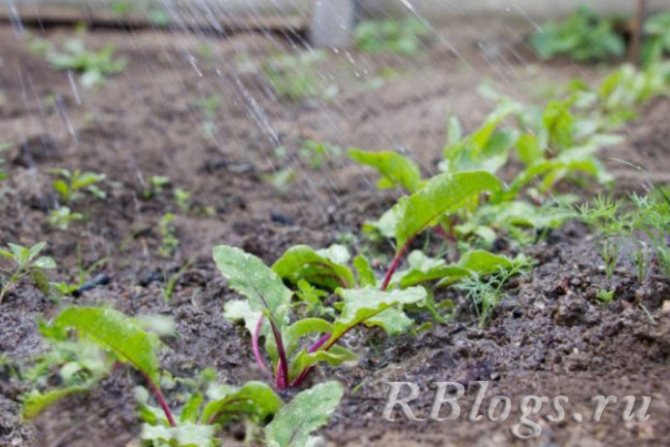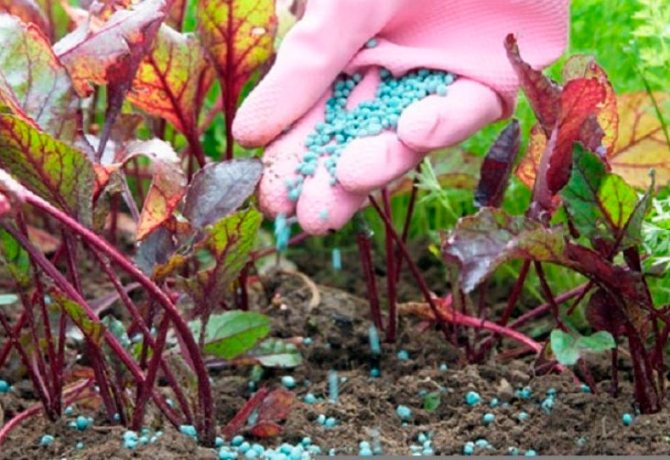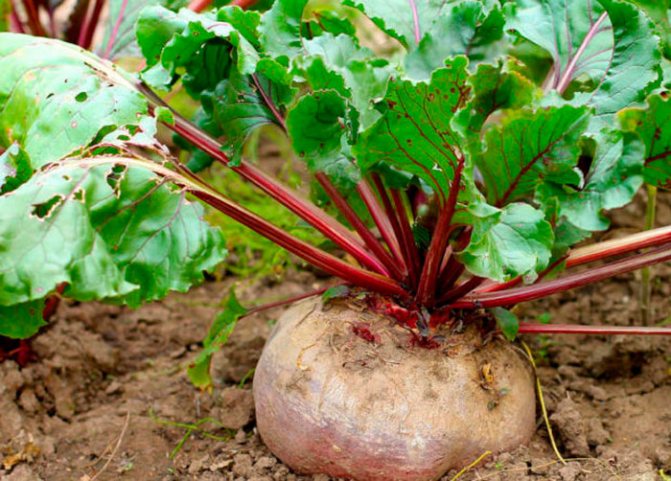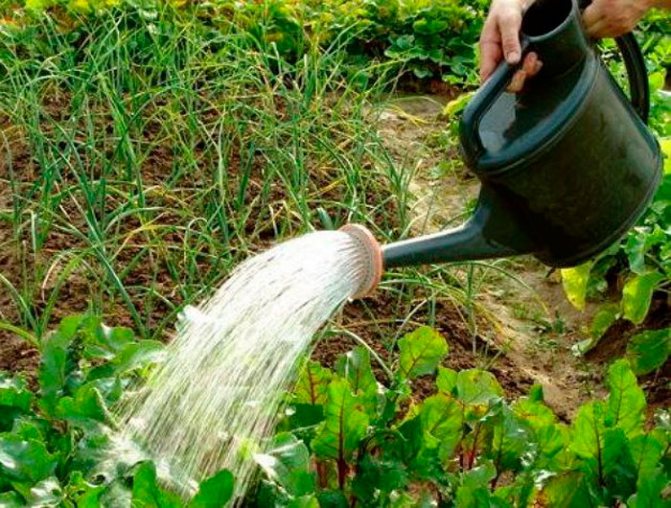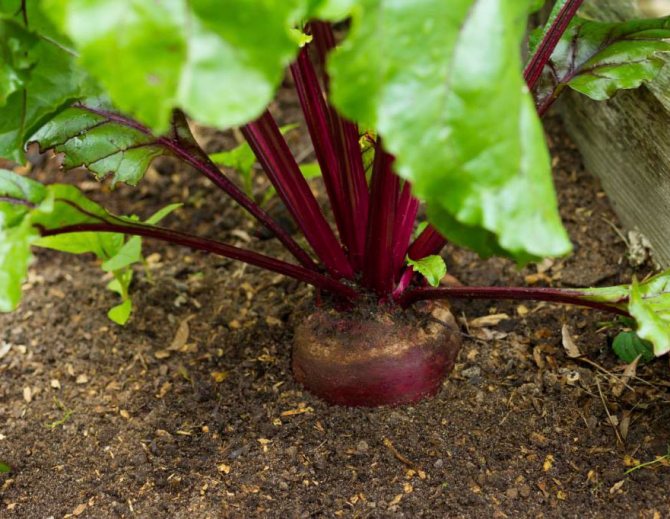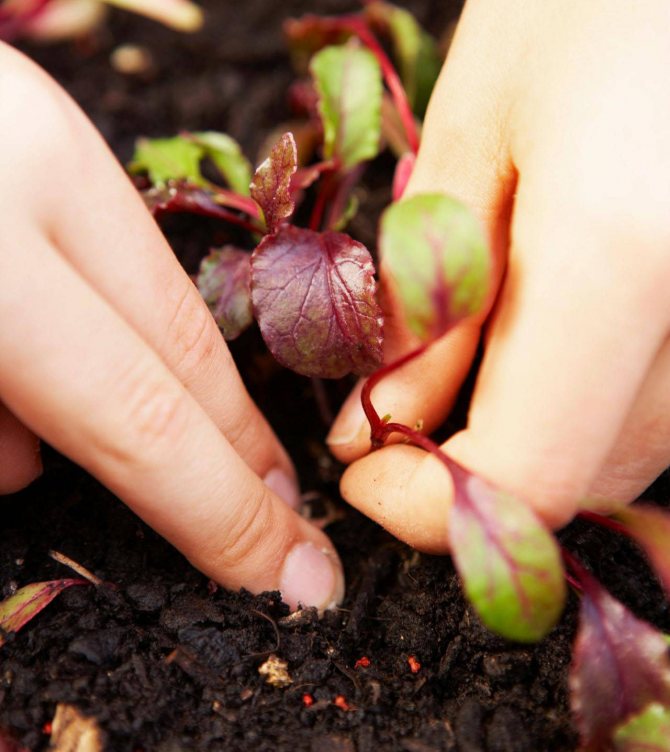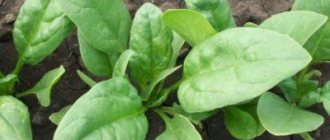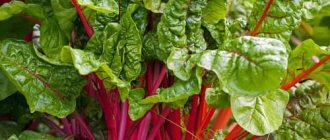Beets can rightfully be called one of the most beloved crops. And every summer resident grows it in his garden. They began to grow it from time immemorial, at first they used its leaf form Mangold. The root form appeared much later, somewhere in the first centuries of our era. In Russia, they began to grow it from the X-XI century, it was popular along with turnips. And since then she has not left our dining table.
Not only is it a delicious root vegetable, it also has medicinal properties. Previously, people did not know what a medicine was and they treated any ailments with what was at hand, among them were beets. Rich in vitamins and minerals, it still helps with vitamin deficiency, anemia, increases the body's resistance to infections, and rejuvenates. Regular use of it in your diet normalizes the level of cholesterol and blood sugar, strengthens blood vessels, and normalizes blood pressure.
It has been proven that the substances contained in the root vegetable help to strengthen the walls of the vessels of the brain, and this helps to prevent dementia, soothes the nervous system. In addition, the vegetable contains substances - antioxidants that help prevent cancer. And the phosphorus and calcium contained in it help to strengthen bone tissue. Plant hormones increase sexual activity in men and reduce premenstrual symptoms in women. There is a lot of iodine in the root vegetable, slightly less than in seaweed, and iron is in second place after garlic.
A vegetable is considered a low-calorie product - only 40-50 kcal per 100 g of product, which is very important for those who monitor their weight. And most importantly, all nutrients remain unchanged during heat treatment, so the benefits will be great from boiled vegetables.
Beet variety selection
When choosing beets for planting, they are evaluated according to several criteria - by ripening time, by taste, by color and shape.
Beet varieties according to different criteria:
- By the timing of ripening. The varieties are divided into three categories:
- Early beets.From germination to harvesting, it takes from 80 to 110 days. Popular early varieties: Carillon, Bolivar, Egyptian, Red ball, Nastenka, Vinaigrette.
- Average. The growing season is 110-130 days. Popular mid-season varieties: Sonata, Crimson ball, Delicatessen, Globus F1.
- Late. Root crops ripen in 130-145 days. The best late varieties: Matrona, Citadela, Frona, Cylinder.
- Keeping quality. Not all beet varieties are well stored. Most often, late varieties are laid for storage. But among early and medium beets, there are also decaying root crops. The following varieties are recommended for storage: Nosovskaya flat, Crosby, Rocket F1, Madame Rougette F1, Tenderness, Tsyganochka.
- Taste. The sweet taste of beets depends on their sugar content. Root vegetables with a high sugar content not only taste good, but are also suitable for processing. Delicious juices are made from them, they are introduced into the children's menu. The sweetest varieties of beets: Bravo, Ordinary Miracle, Kozak, High, Mulatka.
Experts have compiled a rating of table beets, in which they have collected the best varieties:
- Andromeda F1. Early maturing single-sprout hybrid. The root crop has a cylindrical shape, grows in diameter up to 6.5 cm.Weight - 600-700 g.Juicy, quickly digestible pulp retains its color after heat treatment. Minus - it is affected by cercosporosis, rot, powdery mildew and corneed root.
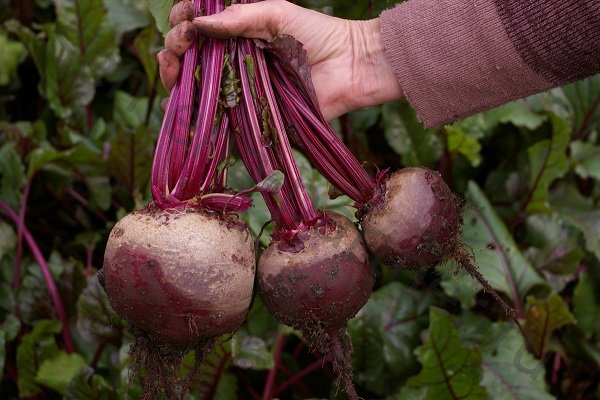
- Kedri. Mid-season variety with long-term roots. Shape - cylindrical, weight - 300-320 g. It has high immunity. From 1 sq. m are collected in 7 kg. The root crop protrudes from the ground by 2/3.
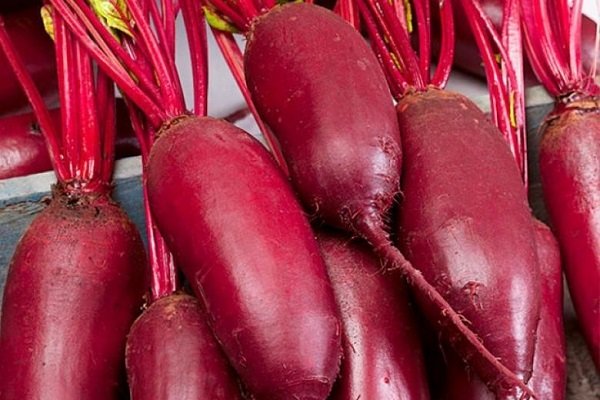

- Rival. Mid-season high-yielding variety with excellent taste. Root crops are medium-sized, dark red in color. Diameter - 4-6 cm. Weight - 200-300 g. The pulp is tender and juicy. The variety is picky about watering. From 1 sq. m collect 5-7 kg of beets.


- Black woman. Mid-season variety with spherical roots. The sugar content is average, but this does not affect the taste. From 1 sq. m collect 5-8 kg of beets.
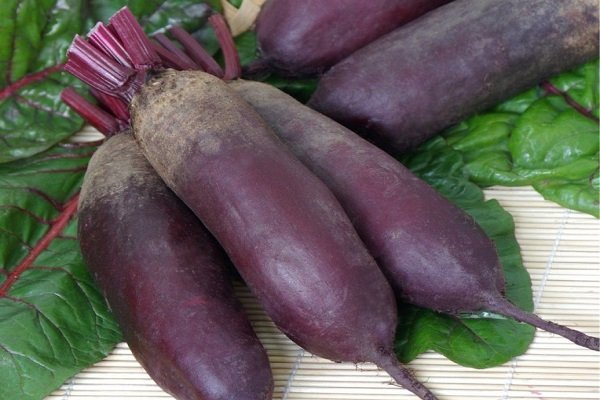

- Opolsk. Mid-season variety of Polish selection. The shape of the roots is elongated, the weight is 180-440 g. The roots are half submerged in the ground. The variety is susceptible to phomosis and cercospora. Productivity - 3-5 kg per 1 sq. m.


Winter planting technology
Sowing beets in spring is a common thing for most gardeners. But growing a root crop in the winter way is not so common. Farmers often make unforgivable mistakes, which causes seeds to die while still in the ground. To prevent this, it is important to know the technology.
Autumn sowing
For podzimny planting, the ridge method (in rows filled with a slide) is more suitable. This ensures better soil warming in the spring and, accordingly, obtaining a very early harvest of the vegetable.
Subwinter sowing is performed in October-November, when a steady cold snap sets in, without the return of warm days. The seed is sown on the tops of the ridges in 4-6 cm of the furrow. The grooves with seeds are sprinkled with humus earth on 2 cm, compacted and mulched on top by 3 cm for insulation.
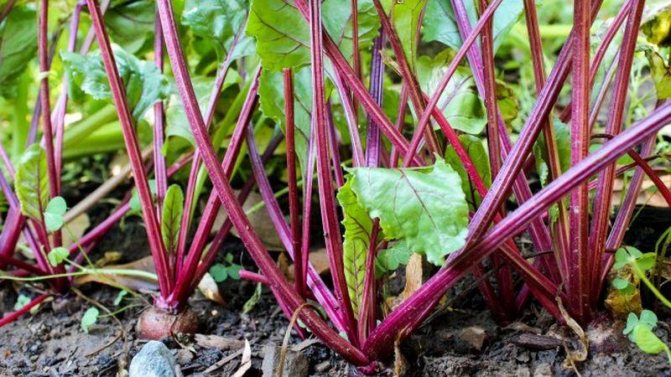

Spring sowing technology
Planting beets in the spring is carried out with dry seeds, but it is more practical to germinate them. On a flat surface, furrows are made into which the seeds are sown. Germinated seeds must be sown in moist soil. In dry soil, almost all sprouts can die.
Furrows are made at a distance of 15-25 cm. If the soil is heavy, sowing is done at a depth of 2 cm. If the soil is light in composition, then by 4 cm. It is impossible to deepen the crops greatly. The distance in the row between the seeds is 3 cm. When thinning, it is increased to 8-10 cm. This will ensure the production of standard root crops. For single-seeded sowing of beets, thinning is combined with harvesting a bunch of crops. When sowing with seed fruits, thin out 2 times.
Preparing for landing
The success of beet growing depends a lot on the quality of the soil and the timing of planting. We will learn how to prepare soil and seeds for planting, and how to choose the right site.
Optimal timing
Beetroot is a relatively thermophilic crop, and you should not rush to plant it. When determining the timing of sowing, the climatic features of the region are taken into account.
Recommended temperatures for sowing beets:
- Air - from +15 to +18 ° C.
- Soils - from +6 to +10 ° C.
Approximate sowing dates in different regions:
- Southern regions - in the second half of March or April.
- The middle lane (Moscow region) - mid-May.
- Ural and Siberia - second half of May.
The planting time is also influenced by the varietal affiliation - the early varieties are sown earlier than everyone else, the late ones - the latest.
If late beets are sown too early, their roots grow tough and tasteless.
Beets can be sown before winter. Do this before the onset of frost. For winter sowing, only special varieties are used. For the winter, crops are covered. Winter beets emerge early, providing an early harvest.
Crop rotation
When choosing a site for planting beets, it is necessary to take into account what kind of culture grew on it earlier. Beetroot has favorable and unfavorable predecessors.
Beets grow well after:
- potatoes;
- Luke;
- pumpkins;
- peas;
- cucumbers;
- beans;
- garlic.
It is not recommended to plant beets after:
- cabbage;
- carrots;
- celery;
- beets.
Neutral predecessors:
- zucchini;
- pepper;
- radish;
- greens;
- radish;
- tomatoes.
It is not recommended to plant beets in one place. At least 3-4 years should pass between crops.
Site selection and soil preparation
In order for table beets to grow large and tasty, they need to create favorable growing conditions. And this process begins with the selection of a site.
When choosing a site, the following requirements are taken into account:
- Good illumination is required.
- The soils should be nutritious and loose. Peat soils, sandy loam, loam are suitable for beets.
- Beets require space to grow, so there should be enough space between neighboring plants for the root crop to grow.
- The crop can be planted as a "border" along potato or cucumber plantations, near the beds with onions or herbs.
- Beets require frequent watering. To prevent stagnant water, you need to plant the crop in well-drained areas.
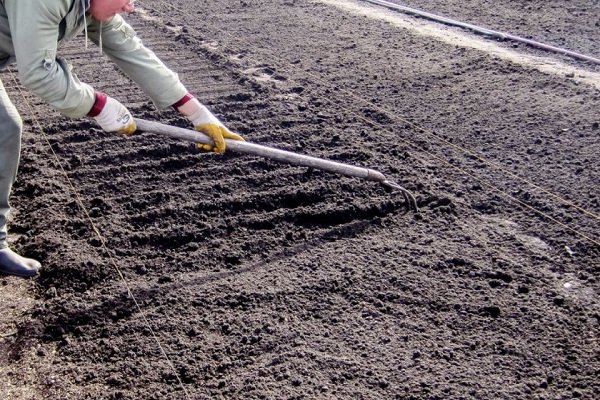

It is recommended to prepare the soil for planting beets in autumn:
- Remove plant debris and dig up the soil by adding organic matter - manure or compost. Fertilizers must be deepened by 30-35 cm.
- If the soil is acidic, sprinkle slaked lime over it - 0.5-1 kg per 1 sq. m. You can also use crushed egg shells, dolomite flour or wood ash.
- Apply mineral fertilizers in the fall - potassium sulfate or superphosphate. Spread the granules on the ground and dig up the beds. For 1 sq. m - 300 g of fertilizers.
- In the spring, re-dig up the bed and sprinkle peat or rotted sawdust on top.
Fertilizer dosage when preparing the soil for beets:
| Fertilizer | Quantity, g per 1 sq. m |
| Ammonium sulfate | 20-30 |
| Ammonium nitrate | 15-20 |
| Potassium chloride | 10-15 |
| Superphosphate | 30-40 |
If you exceed the dose of fertilizers, the root crops will be of poor quality - with loose pulp, cracked, with voids.
It is recommended to make beds for planting right before sowing seeds, then there will be more moisture in the soil and seedlings will appear faster.
Preparing seeds for planting
Beets have large seeds that are easy to plant at the required intervals. If the purchased seeds are pink or green, then they have already been processed in fungicides and stimulants, and are completely ready for planting.
Processed purchased seeds cannot be soaked or germinated; they must be planted dry in the ground.
Seeds are brown or sandy in color when unprocessed. Such planting material must be prepared for planting.
How to prepare the seeds:
- Germination test. Soak the seeds in salt water. After a few hours, check the result - discard all floating seeds, they are not viable or will give small roots.
- Disinfection. Soak the seeds for 12 hours in a slightly pink solution of potassium permanganate.
- Hardening. Soak the seeds in hot and cold water alternately - for several hours.
- Treatment in a stimulant. Wrap seeds that have passed the germination test in gauze and immerse them in a solution of "Zircon", "Epin" or another stimulant. The exposure time is from 30 minutes to 4 hours, depending on the type of preparation.
- Drying. Remove the seeds from the stimulant, rinse thoroughly and place them in a warm place for 24 hours. During this time, the seeds will swell, and some will even begin to peck - now they are ready for sowing.
If the seeds are planted before winter, then the preparation is reduced to testing for germination and disinfection. Excessively swollen seeds can germinate, which will lead to their death.
Seed treatment
Seeds must be prepared before sowing:
- Check their suitability by placing them in 200 ml of water with salt. Those that rise to the surface are thrown away.
- They are dipped alternately into hot, and then into cold water several times, keeping for 1-2 hours in each, and quenched.
- Keep for 12 hours in a solution (2-3 grains of manganese per 1 liter) - for disinfection.
- Soaked in a stimulant.
- Germinate if you want to get seedlings.
If they are sown before winter, then they only check and disinfect. The rest of the steps are not performed, so that shoots do not appear, and the plant does not die.
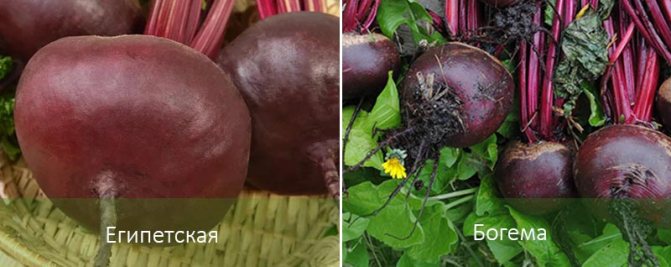

Disembarkation instructions
The seeds of beets are relatively large, so there are no difficulties when sowing them. Unlike carrots, radishes and many other crops, beet seeds do not need to be mixed with sand - they can be evenly distributed over the planting area without this.
Sowing seeds
If the soil has warmed up, you can start sowing. There is no need to rush, the soil should warm up to a depth of 8-10 cm. Seeds planted in cool and moist soil can rot before they have time to ascend.
The procedure for sowing beets in open ground:
- Make furrows 2 cm deep on the beds. Use a plank to keep them even and with a firm bottom. Press it with its butt into the loosened soil. The distance between the furrows depends on the size of the roots:
- for small beets - 10-15 cm;
- for large beets for storage - 20-30 cm.
- Water the furrows with a watering can. Water gently so as not to wash out the soil.
- When the water has been absorbed, spread the seeds along the grooves. The distance between the seeds is from 4 to 10 cm. The interval is chosen taking into account the variety and purpose of the root crops.
- Fill the grooves with soil or rotted humus.
- Water the plantings through the rain nozzle.
Planting seedlings
To obtain early harvests of beets, the seedling growing method is used. The first root crops are received in July. Seeds are sown for seedlings in March-April, and planted in the ground in April-May, depending on the region.
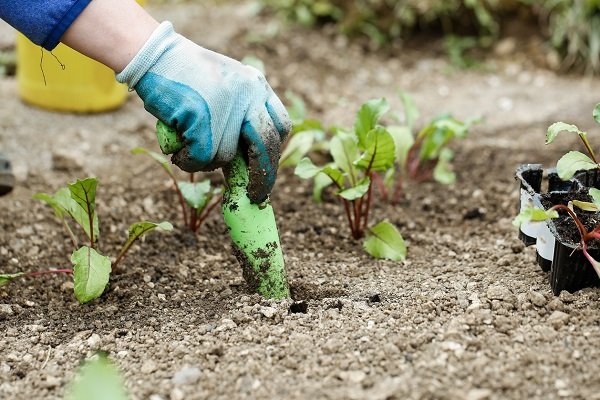

Beet seedlings are transplanted into open ground when they have 2-3 true leaves.
When growing beet seedlings, overgrowth must not be allowed. If the roots of the seedlings rest against the bottom of the seedling container, then the roots may grow deformed.
Seedling planting procedure:
- Make holes in the prepared beds. Their size should be such that the roots of the seedlings fit comfortably in them. The intervals between the holes depend on the variety:
- cylindrical beets - 10-12 cm;
- medium-sized beets - 12-15 cm;
- beets with large rounded roots - 15-20 cm
- Water the wells and wait for the water to absorb.
- Plant the seedlings in the holes, placing the roots evenly, without bends.
- Water the seedlings again.
- Cover the planting with covering material for 2-3 days - until the seedlings take root.
If the weather is hot, water the plantings every day. When the plants are rooted, the watering frequency is reduced to once a week.
When growing beets using the seedling method, you do not have to deal with thinning the plantings.
Growing beets in the country through seedlings
To speed up the early harvest, the beet is grown through seedlings. Let not all the seeds grow like that, but some of them can be planted with seedlings. Try planting in a landless way. It's convenient, I germinated tomato seeds this way and I really liked it. Firstly, the seedlings take up very little space on the windowsill. Later, the seedlings are planted along the edge of the tomato garden in the greenhouse. It is believed that beets emit some substances that prevent the development of late blight on tomatoes.
To do this, lay out toilet paper in 2-3 layers on a plastic bag, moisten it with water from a spray bottle. Departing from the edge of the paper 1-1.5 cm, lay out the seeds at a distance of 1 cm from each other. We roll up the so-called "diaper" with a roll and put the roll-diaper in a small container, for example, from under the curd and cover it with a plastic bag on top to create the effect of a greenhouse.
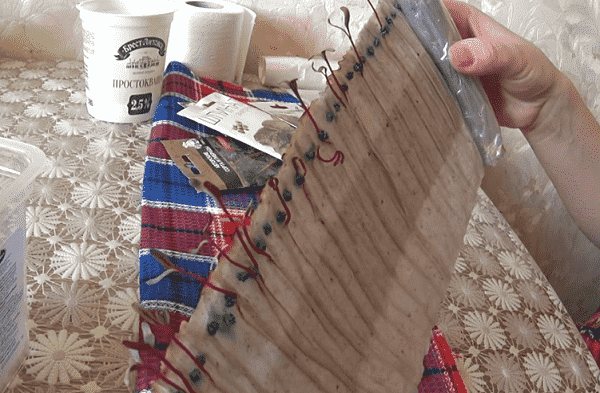

We put the diapers so that the edge with the seeds is on top. Do not forget to sign the variety on the package. We put the container in a warm place, periodically spray the films or add some water to the bottom of the container. Seedlings will appear in about a week.We plant seedlings in the ground when the ground in the greenhouse warms up.
Before planting seedlings in the ground, we make small but deep holes so that the long roots of the seedlings are located vertically in it, not bend. Supporting the seedling with one hand, press the soil to the roots with the other to create maximum contact between the plant and the soil. Water the seedling with water.
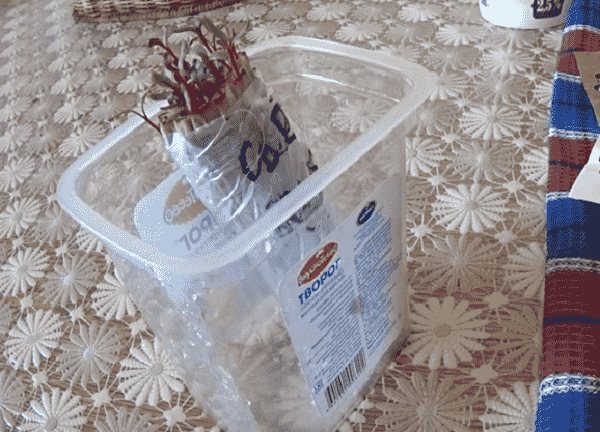

Features of winter and spring sowing
Beets are crops planted both in spring and before winter. If the seeds overwinter safely, then it will be possible to get early beets without growing seedlings.
Podzimny sowing
In late autumn, when winter crops are sown, beets are sown. The harvest of winter beets ripens 2-3 weeks earlier than analogs sown in spring.
Features of winter sowing:
- The optimal sowing time is the last days of October or the beginning of November, when the soil has already cooled down.
- Even if the snow has already fallen, sowing can be done. The main condition is cool ground so that the seeds do not sprout. They should only swell in the soil, no more.
- For winter sowing, seeds that are resistant to cold are chosen.
- In the fall, the number of planted seeds should be 20% more than in the spring.
- The varieties that are resistant to flowering and shooting are most suitable for podzimny sowing.
- So that the seedlings emerge as early as possible in the spring, the seeds are planted on the ridges. On the formed ridges, grooves are made with a depth of 5-6 cm.
- Seeds laid in furrows are sprinkled with a mixture of substrate and humus. Crops are insulated with compost.
Spring sowing
Spring sowing is most common among gardeners. This is the easiest and most win-win option for growing table beets, practically devoid of risks and surprises.
Features of spring sowing:
- Seeds can be planted dry, without soaking. Especially if it rained shortly before sowing and the soil is wet.
- The looser and lighter the soil, the deeper the seeds are laid. The planting depth for spring sowing varies from 2 to 4 cm.
You can find out about the intricacies of planting beets in the following video:
Soil preparation for beets
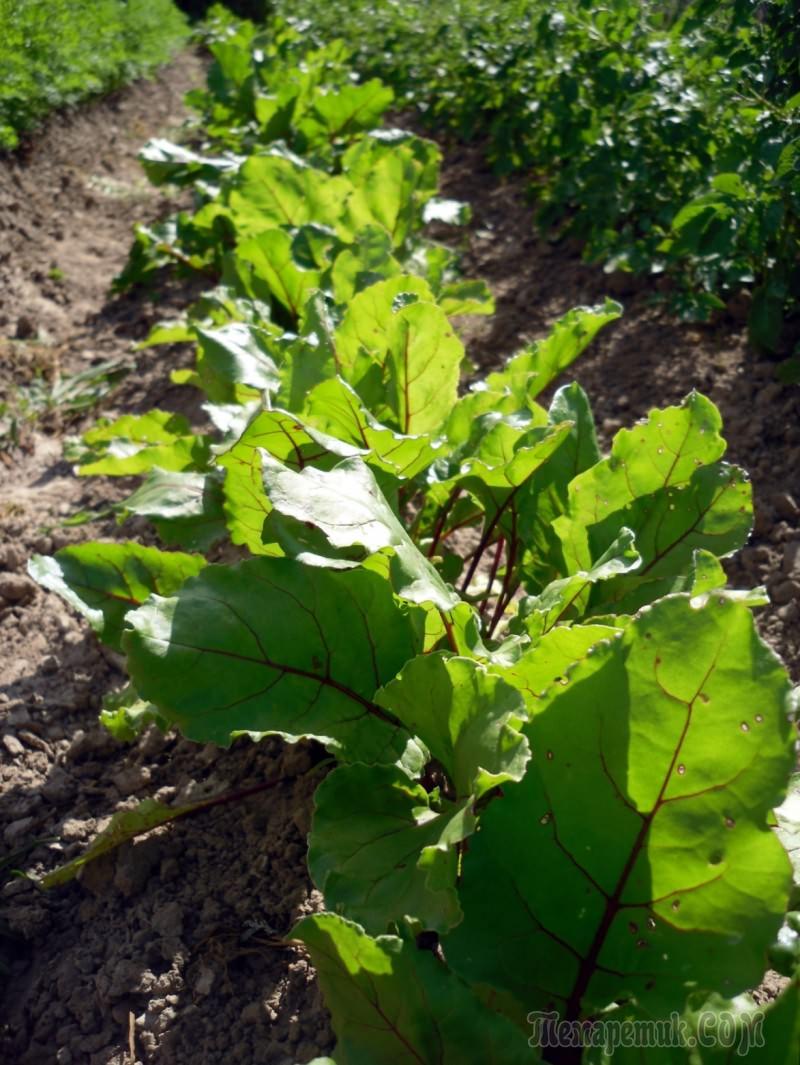

The best soils for beets are sandy loam and loam rich in organic compounds. Soils with high acidity are not suitable for this culture, as well as places that are poorly heated by the rays of the sun and with stagnant moisture. Liming must be done in advance. If you are preparing the site in the fall, then use ash or dolomite flour. Do not add manure in autumn, otherwise it will negatively affect the quality of root crops, their keeping quality will worsen, and susceptibility to some diseases may increase. The best option is to apply manure under the predecessors of this crop (for example, under onions, pumpkin seeds, potatoes or cabbage), and place beets on this bed next season. Phosphorus and potash fertilizers are applied to the garden in the fall during its digging. In the spring, the garden bed must be fed with nitrogen fertilizers and microelements. You can use the complex called "Kemira-wagon". It would be nice to improve the structure of heavy soils with river sand, turf, humus, peat. Add sod soil and humus to the sandstones. Make a bed for beets high, then mark grooves (across or along), up to three centimeters deep.
Beets go well with garlic, lettuce, onions, legumes, kohlrabi, celery, cauliflower.
It is impossible to sow beets on the same ridge year after year, otherwise wireworms, other pests, pathogens will accumulate in the soil layer in this place, and the yield of beets will suffer.
Outdoor beet care
Beetroot is an unpretentious and drought-resistant crop that does not require big worries from the gardener. But in order to get a good and high-quality harvest, it is important to provide proper care for the beets.
Temperature and light conditions
Beet is a light-loving culture.She needs good lighting throughout the growing season.
Light mode features:
- The optimal length of daylight hours is 13-16 hours a day.
- With a reduction in daylight hours to 10-11 hours, beets suspend the growth of root crops, only the aerial part grows.
How temperature affects beets:
- Beets are capable of sprouting while in soil, the temperature of which is only + 3 ... + 5 ° C. True, germination is delayed, the first shoots appear only on the 23-24th day.
- The higher the temperature, the sooner the beets will rise. At a temperature of + 20 ... + 25 ° C, the vegetable rises in a week.
- If during sprouting of beets the temperature rises above +25 ° C, the seedlings may die.
- When plants have 3 or more leaves, they will be able to more resiliently withstand adverse temperatures.
- If the temperature drops by a few degrees from the minimum allowable, the growth of root crops stops, the quality and quantity of the crop decreases.
Watering subtleties
Beets tolerate drought persistently, but this quality should not be abused, since moisture deficiency can negatively affect yields.
Features of watering beets:
- If the weather is hot and dry, the plantings are watered by sprinkling.
- It is better to use warm and settled water for irrigation.
- The frequency of watering immediately after germination is once every 2-3 days.
- To retain moisture in the soil and reduce the frequency of watering, the soil is mulched, for example, with dried grass.
Watering alternates with loosening the soil. It is necessary to loosen the beets very carefully so as not to damage the growing root crops. Beets do not need hilling.
Thinning
From one beet seed, 2-4 sprouts can appear at once, so the planting has to be thinned out. If this is not done, the roots will not be able to develop normally and will not grow to their varietal sizes.
During the planting season, beets are thinned twice:
- When the seedlings form 2-4 true leaves. By this time, the plants reach a height of 7-8 cm. First, the weakest shoots are removed, and at the same time they pull out weeds.
- When plants are at the stage of root formation. A distance of 8-10 cm is left between neighboring plants. Varieties with large root crops are thinned more, leaving gaps of 15-20 cm.
Top dressing
Beets have enough fertilizer added before planting. It is necessary to make additional fertilizing only with a noticeable lag in growth of plants.
Beet root crops are ways to actively accumulate nitrates, so it is recommended to feed the crop with natural fertilizers.
How to feed beets:
- Water from time to time with herbal infusions diluted in water or yeast solutions.
- 2-3 times during the planting season, you can water with a weakly saturated saline solution - dissolve 1 tbsp in 10 liters of water. l. salt.
- Apply any complex fertilizer, observing the dosage indicated in the instructions.
- If ash has not been introduced since autumn, it can be used in summer. Every two weeks, ash is added to the water for irrigation - one glass per 10 liters.
- Ready-made mineral fertilizers can be applied to insufficiently fertile soils:
- Potassium. It is brought in twice a month. Any potash fertilizer is suitable, with the exception of manganese - it makes the soil acidic.
- Nitrogen. Bring in only if necessary. Fertilizer is poured into furrows dug at a distance of at least 5 cm from the roots.
- Bor. Brought in twice a season. In 10 liters of water, 2 g of boron are diluted.
How to grow delicious beets
Everyone wants beets to grow sweet and juicy, but the secret to making delicious root vegetables lies in the salt solution. Common table salt is also used for processing beet crops.
The soil does not always contain all the necessary trace elements and minerals. The manifestation of anthocyanin (purple) leaf color in beets only confirms that there is a lack of sodium in the garden - it's time to spray with a salt solution.
This solution is not only sprayed, but also water the beets under the root 3 times during the season.After such treatments, the beets become noticeably sweeter - the balance of photosynthesis is restored. Improves not only the taste, but also keeping quality - the ability to long-term storage.
You can familiarize yourself with the nuances of such processing of beets by watching the video.
Post Views: 133
Harvesting and storage
Beets ripen in 50-70 days. But during the growing season, root crops can be used for food throughout the season.
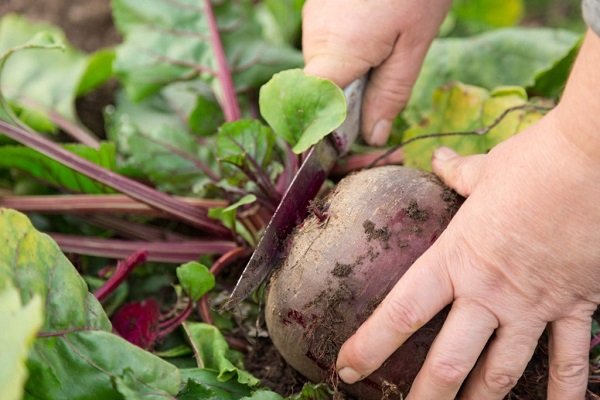

Cleaning and storage features:
- Beets must be harvested before frost. If the roots are frozen, they will quickly deteriorate during storage.
- Unripe beets do not store well, and overripe beets are rough and prone to cracking.
- Beets are harvested in dry weather, when the soil is easily shaken off the root crops.
- It is recommended not to cut the tops, but to unscrew them so as not to damage the roots.
- Root crops that are sick and with traces of damage, as well as too small and excessively large, are not stored for storage.
- Beets extracted from the soil are immediately stored.
- The optimum temperature in the basement is + 2… + 3 ° C.
- If root crops are pollinated with chalk - 250 g per 10 kg, or sprayed with needles infusion - 50 g needles are insisted in 1 liter of water for 4 days, then they will be better stored.
When to remove beets from the garden?
If you have planted early varieties, then one or two beets can be pulled out already in mid-July, using them to prepare different dishes.
The harvesting of root crops from mid-ripening and late-ripening varieties is started earlier than the carrots are freed from the "dungeon". You need to be in time before the autumn frosts come, because they can damage the top of the root crop, which is above the soil surface. If the frost touches the beets, the preservation of the root crops will deteriorate during winter storage. So, on a dry day, all root crops are sequentially pulled out of the soil, shaken off and laid out for drying. Then they begin to trim the tops, while leaving the stalks about a centimeter about the tip, while the root is not trimmed. It is advisable to put the beetroot roots in boxes, sprinkling with sand. Now they need to be transferred to the cellar. Experience shows that those root crops with medium sizes are preserved longer and better.
Now you know which varieties of this crop to ask in gardening stores, how to prepare seedlings for planting, how to care for the plants later, and when to harvest beets. We hope that this information will allow you to get a good harvest and fill your cellar with it.
Diseases and pests of beets
Beets have high vitality and immunity. Most of her diseases are associated with a violation of agricultural technology and a lack of nutrients.
Diseases of beetroot and measures to combat them:
| Diseases | Symptoms | How to fight? |
| Fomoz | Yellow-brown spots with a concentric pattern appear on the leaves. Root crops infected with phomoses rot during storage. | The seeds are treated with Fundazol. |
| Cercosporosis | Red spots appear on the leaves, and a gray bloom on the back. | They are fed with ash or potassium chloride. Seeds are etched, sprayed with copper-containing preparations every 10 days and treated with fungicides. |
| Fusarium | Leaves turn yellow and wither. The fungus also affects root crops. | Sprayed with boric acid. Liming of acidic soils is carried out. |
| Korneed (black leg) | It affects seedlings. The stems become thin, turn black, the plant dies. | There is no cure. Prevention - improving soil aeration. |
The main pests of beets:
- Medvedka. Lives underground, digs tunnels and damages root crops. It is recommended to treat burrows and lanes with boric acid solution. Spread granular poison, for example, "Thunder".
- Nematodes. The larvae eat the beet root system. The leaves of the affected plants will wither. Plants affected by nematodes are uprooted and destroyed.
- Beet fly. On the affected plants, leaves turn yellow and wither, which are eaten by fly larvae. Control measures - deep pre-winter digging, weeding, spraying heavily affected plantings with any contact insecticide.
Fleas, slugs and wireworms also harm beet plantings. They fight them mainly with preventive measures and natural remedies - they scatter tobacco dust, ground pepper or wood ash on the soil.
Productivity with proper care
When growing beets on a large scale, the weight of vegetables and the number of root crops per hectare will depend on the harvest time. Therefore, in those farms where this crop has been successfully planted and cultivated for many years, special attention is paid to the beginning of the harvest.
Also, many novice gardeners are interested in the question, what is the yield of different types of beets from 1 hectare. After all, it is grown not only for their own needs, but also for fodder for livestock, and for sale to obtain monetary profit. So, as the experience of many farmers shows, the yield per hectare is from 40 to 50 tons of product.
What if the beets are big?
Too large beets can only please inexperienced gardeners. Abnormally large roots often have a fibrous texture and poor taste. They cook for a long time and are poorly stored.
To avoid root overgrowth:
- Leave intervals between adjacent plants appropriate for the variety.
- Dig up the roots when they reach the size of the particular variety. The optimal size for most varieties is 5-6 cm in diameter.
Large root crops can be fed to livestock. They are introduced into mash or cut into pieces.
Thinning
First thinning - when plants form 2 true leaves. In polyspermous varieties, 5 seedlings develop from each seed. Leave 2 strong plants. Previously, the garden is watered to make it easier to pull out.
Second decimation - after 3 weeks, leaving 1 strong plant. For a cylindrical shape of a root, a distance of 10 cm is permissible, for a rounded one - 20 cm. After thinning, the voids are covered with earth, powdered with ash and watered.
Useful Tips
The taste of beets depends not only on the variety, but also on the growing conditions. The taste characteristics of the root crop are influenced by the composition of the soil, watering, feeding and much more.
How to get tasty and sweet beets:
- Choose a variety with a high sucrose content.
- Plant beets after onions or potatoes.
- Deoxidize acidic soils - it is impossible to get tasty root crops on them. But on alkaline soils, the most delicious beets grow.
- Salted water increases the sugar content of beets. In 10 liters of water, dilute 2 glasses of ash and 1 tbsp. l. salt. Water the plantings with this solution.
You can see what you can't do when growing beets and why spots on the leaves can appear in the following video:
The main difficulty in growing table beets is getting tasty and sweet root vegetables. Strict adherence to agricultural technology and careful plant care helps to achieve the goal.
0
Preparing the soil and plot
The next stage is the preparation of a suitable site in the country. It is advisable to choose a place where potatoes, cucumbers, zucchini or pumpkins grew last year. Peas, onions, carrots do not affect the yield of beets, but the soil after cabbage is categorically not suitable.
The site should be well lit, since you cannot plant a root crop in the shade of trees, bushes, near a fence or wall. In this case, the site should be located in a place not flooded by torrential rains.
It is important to pay attention to the following:
- soil acidity - 6, 2–7, 5;
- you cannot plant beets in clay soil - the fruits will be tough and fibrous;
- too much lime in the ground leads to a decrease in the ability of the root crop to absorb nutrients.
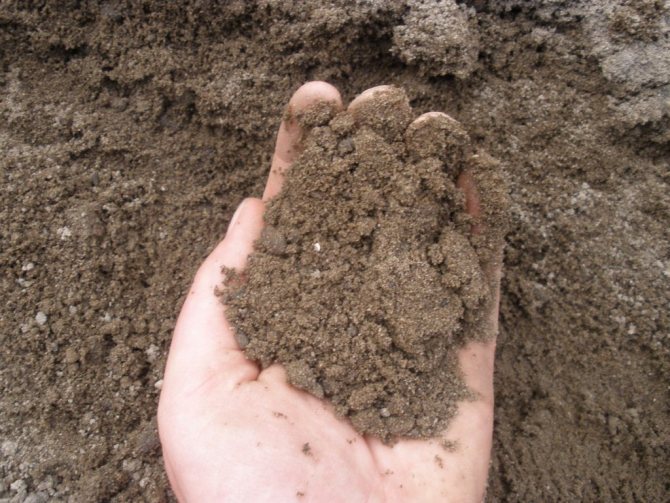

Before planting, the site is dug up to a depth of no more than 30 cm.Beets love organic fertilizers, but they are not recommended to be used immediately before planting, as this will impair the taste. Fertilizer should be applied in the fall - manure, compost and phosphorus-potassium mixtures.
See also Varieties and features of growing leaf beet Mangold


